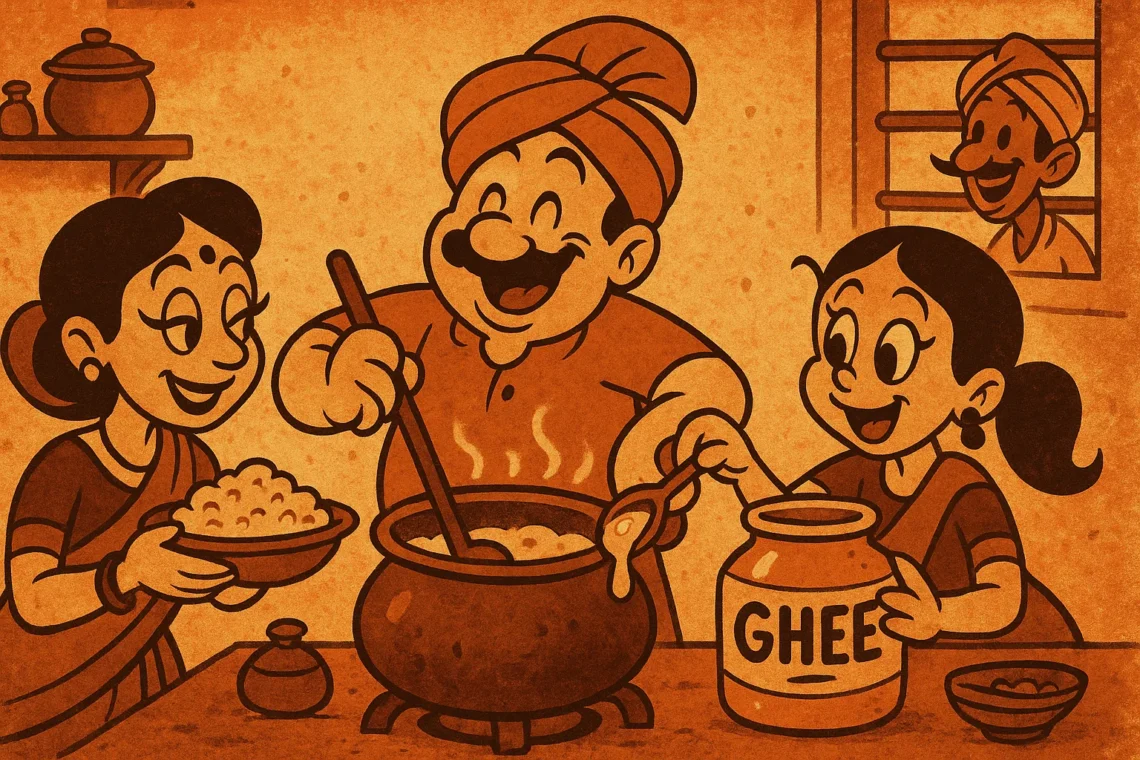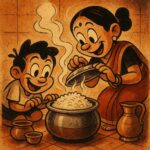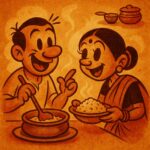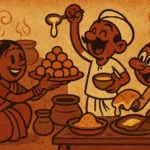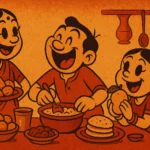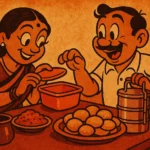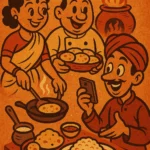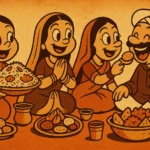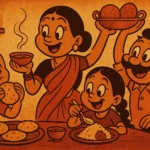I’ve eaten truffle fries in Paris, sipped flat whites in Melbourne, and even tried kombucha flights in a Brooklyn warehouse that smelled like yoga and ambition. I own tahini. I once made miso soup from scratch. My pantry speaks five languages. But open the middle shelf—just above the lentils and beside the basmati rice—and you’ll find a small glass jar, slightly greasy around the lid, glowing gold in the morning light. That’s my ghee. Always there. Always ready. Because no matter how global I get, I’m still ghee at heart.
You can take the person out of the Indian kitchen, but good luck taking the ghee out of them. It’s not just fat. It’s memory. It’s medicine. It’s what turns “food” into “meal.” One spoon swirled into dal, one smear across a hot roti, one sneaky drizzle on khichdi when no one’s looking—ghee isn’t an ingredient. It’s a mood. A declaration. A subtle, buttery middle finger to diets that ask us to abandon flavor in pursuit of flatness.
The Jar That Travels
I’ve smuggled ghee in suitcases across borders, wrapped tightly in socks and hope. I’ve poured it into mason jars in shared apartments in cities where no one knew what hing was. I’ve bought the store kind, hated it, and gone back to making my own—slowly browning butter until the kitchen smells like something older than me. The milk solids separate. The fat clarifies. And what’s left is not just food. It’s trust.
In the fridge of a well-traveled desi, you’ll find kimchi and parmesan and oat milk and, quietly, a steel dabba of ghee. You don’t always use it. But when you do—on pongal, or parathas, or popcorn at 1 a.m.—it brings back something warm. Something real. Something that speaks your mother tongue, even if your spices have picked up an accent.
Fusion Without Compromise
I once made a Thai curry with ghee. Blasphemy? Maybe. Delicious? Absolutely. I use it in pasta sometimes. In chocolate cake, even. Ghee is versatile like that. It doesn’t fight for attention. It just slips in, makes things rounder, fuller, more complete. It’s what I reach for when olive oil feels too cold, and butter too fleeting. Ghee has patience. Ghee has soul.
My global friends are curious. “What’s that smell?” they ask when I warm it. “Nutty? Toasty?” I smile. “It’s ghee,” I say. And I watch as their food transforms—sautéed greens come alive, rice turns fragrant, even their eggs taste like they’ve read poetry. Soon they’re asking where to buy it. I always say, “Make it. It’s better that way.” What I don’t say is that making ghee is like bottling a bit of home. And once you do it, your kitchen’s never alone again.
More Than a Trend
Ghee might be on wellness blogs now. It’s got buzzwords. Keto-approved. Paleo-friendly. Clarified. But for us, it was never a trend. It was what the first bite of rice got. What you rubbed on dry lips as a child. What showed up in tiny steel bowls when you were sick, heartbroken, or just underfed. It was ritual, not recipe. Comfort, not commerce.
So yes, I eat global. I experiment. I adapt. But some things remain. And ghee? Ghee stays. In my food, in my luggage, in my fridge, in my life. Unshakable. Unapologetic. Golden as ever.
Because you can go global. You can cross oceans and eat sushi with chopsticks and learn to pronounce “quinoa” right. But when it comes down to it, when you’re cold or tired or craving something that tastes like love—there’s only one answer.
Born in Mumbai, now stir-frying feelings in Texas. Writes about food, memory, and the messy magic in between — mostly to stay hungry, sometimes just to stay sane.

